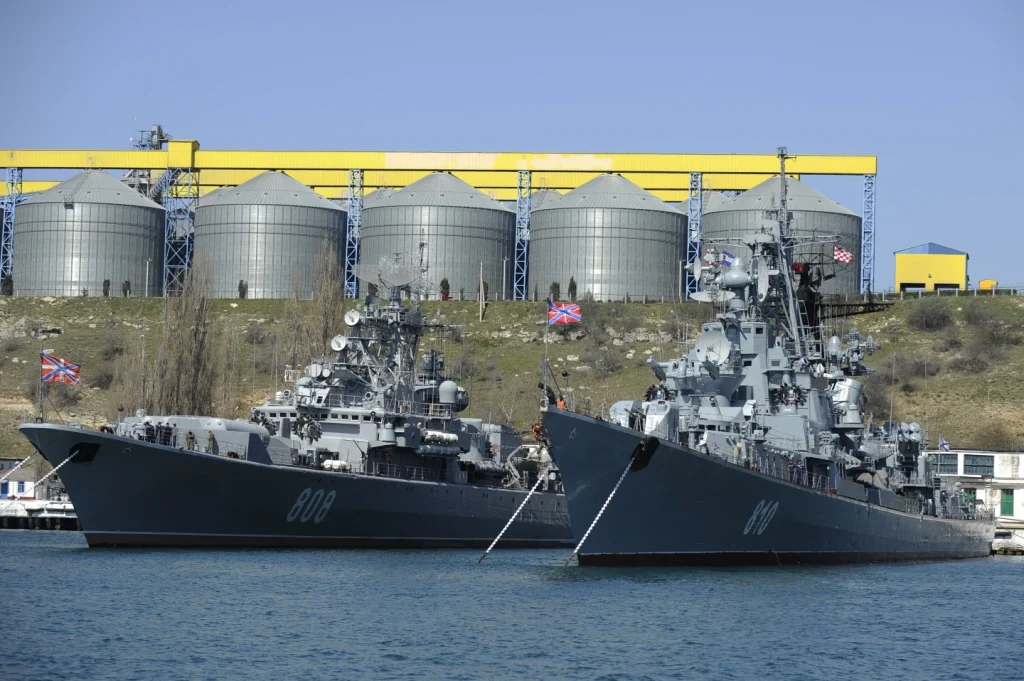The recent reports of Ukrainian sea drones sinking yet another Russian warship in the Black Sea on Tuesday mark a significant development in the ongoing conflict between the two nations.
This incident is just one in a series of strikes that have severely hampered Moscow’s naval capabilities and constrained its operations as the war enters its third year.
The successful drone and missile attacks carried out by Ukrainian forces have not only dealt a blow to Russian naval strength but have also served as a morale booster for Kyiv’s military personnel who are facing daunting odds against better-equipped Russian forces along the extensive front line spanning over 1,000 kilometers.
The challenge posed by Ukraine to Russia’s naval dominance has had wider implications beyond the military realm.
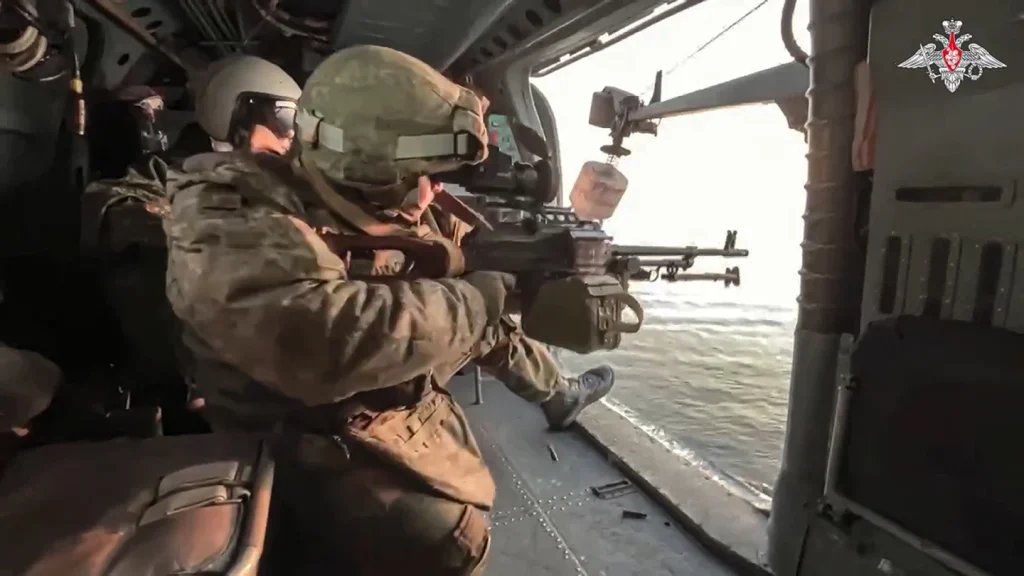
By disrupting Russian naval activities, Ukrainian attacks have created more favorable conditions for the country’s vital grain exports and other shipments originating from its Black Sea ports.
This strategic advantage in the maritime domain has not only bolstered Ukraine’s military position but has also had economic repercussions that benefit its overall stability and resilience in the face of ongoing hostilities.
The relentless nature of Ukrainian strikes against Russian naval assets underscores the determination and effectiveness of Kyiv’s military strategy.
The recent attack on the Sergei Kotov patrol ship near the Kerch Strait, a crucial waterway linking the Black Sea and the Sea of Azov, resulted in significant casualties among the Russian crew and dealt a severe blow to Moscow’s maritime capabilities.
The deployment of domestically produced Magura drones by Ukraine has proven to be a formidable asset, with previous successful strikes against Russian vessels further highlighting the potency of these uncrewed boats as a thorn in the side of the Russian navy.
Noteworthy incidents such as the sinking of Russia’s Caesar Kunikov amphibious landing ship and Ivanovets missile corvette by Ukrainian drones have demonstrated the efficacy of Kyiv’s military tactics in targeting and neutralizing key Russian naval assets.
While the Russian Defense Ministry has remained tight-lipped about these losses, reports from military bloggers and media outlets have corroborated the impact of Ukrainian strikes on Russian maritime forces.
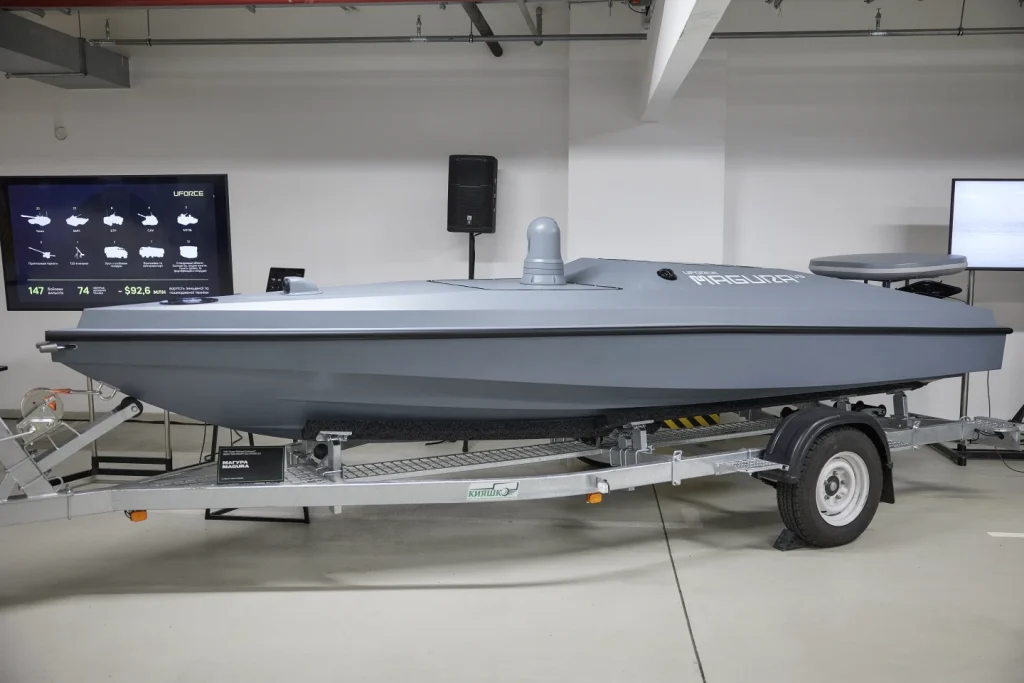
In addition to direct attacks on Russian vessels, Ukrainian forces have also targeted critical infrastructure and assets in Crimea, including radar facilities, air defense systems, and air bases.
The destruction of the Novocherkassk landing vessel in Crimea’s port of Feodosia and the downing of Russian early warning and control aircraft over the Sea of Azov have further underscored Ukraine’s ability to disrupt and degrade Russian military operations in the region.
These precision strikes have not only inflicted material losses on the Russian military but have also undermined its intelligence-gathering capabilities, depriving Moscow of vital information crucial for its strategic decision-making.
The strategic significance of Ukrainian attacks on Russian naval assets cannot be understated, as they have not only weakened Moscow’s military posture in the Black Sea region but have also showcased Kyiv’s resilience and determination in the face of a formidable adversary.
The series of successful strikes carried out by Ukrainian forces serve as a testament to their skill, innovation, and unwavering commitment to defending their sovereignty and pushing back against Russian aggression.
As the conflict continues to unfold, the outcome of these maritime engagements will undoubtedly shape the course of the broader conflict and influence the geopolitical dynamics in the region.
The utilization of remote-controlled drone boats armed with explosives has proven to be a strategic advantage for Ukraine in naval warfare, enabling them to counterbalance Russia’s overwhelming firepower.
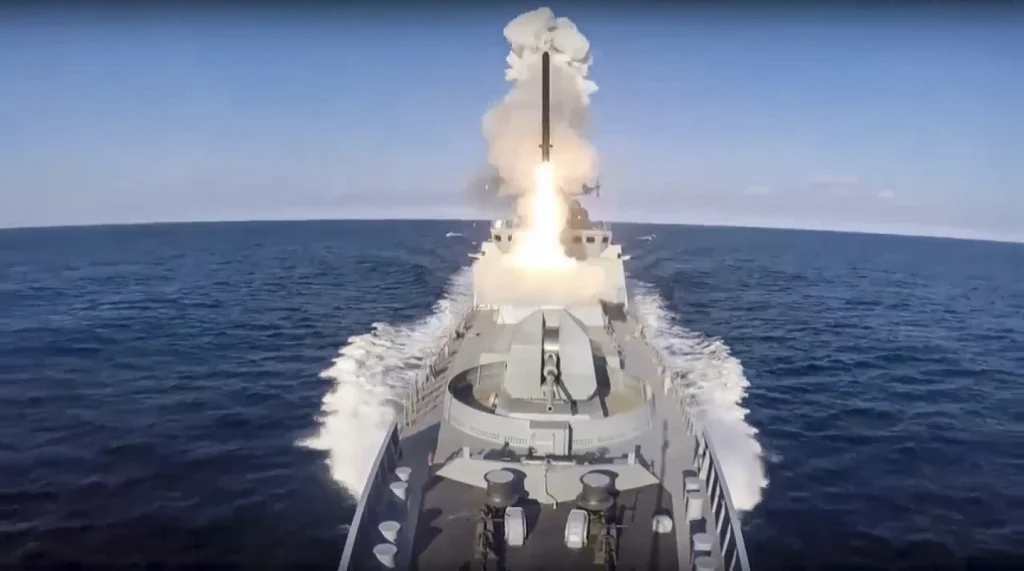
The Magura drones, equipped with cutting-edge GPS technology and cameras, possess a minimal radar signature, rendering them difficult to detect.
The latest iteration, the Magura V5, boasts impressive specifications including a length of 5.5 meters, a weight of up to 1,000 kilograms, a range of 800 kilometers, a battery life of 60 hours, and a payload capacity of 200 kilograms.
Ukrainian authorities have highlighted the drone’s capability to transmit real-time video feeds to operators, enhancing its operational effectiveness.
Furthermore, Ukraine has leveraged cruise missiles supplied by the U.K. and France to target Russian assets in Crimea.
These missiles, jointly developed by Britain and France under the names Storm Shadow and SCALP-EG respectively, are deployed from Ukraine’s aging warplanes and possess a range exceeding 250 kilometers.
Western analysts have commended Ukraine’s adept utilization of these limited resources to outmaneuver superior Russian forces, resulting in the neutralization of approximately 20% of the Black Sea fleet and a significant reduction in Moscow’s naval supremacy.
The recent decision by Moscow to back out of the deal has raised concerns about potential Russian aggression towards ships transporting Ukrainian goods, particularly grain, which plays a crucial role in both the Ukrainian economy and global food security.
The threat of Russian attacks on these vessels could have serious repercussions for both Ukraine and the international community.
However, the ongoing success of Ukrainian military operations against Russian warships and other military targets in the region has put Russia’s naval fleet in a defensive position, thereby constraining its ability to launch further offensive actions.
This development has provided a glimmer of hope for Ukraine and its allies, as it demonstrates the effectiveness of their strategic efforts to defend against Russian aggression and protect their economic interests.
It also serves as a warning to Moscow that any attempts to disrupt maritime trade in the region will be met with strong resistance.
The situation remains fluid, but these recent developments highlight the importance of continued vigilance and cooperation among nations to safeguard global stability and security.
While the successful strikes on Russian naval assets have indeed allowed Ukraine to increase its food and other Black Sea exports, it is important to note that the Russian Black Sea fleet still remains a formidable force despite the damage inflicted by Ukrainian attacks.
The fleet is still capable of launching long-range cruise missile strikes at Ukraine, and Russian air bases in Crimea continue to operate, supporting ground operations in the region.
The dismissal of Adm. Viktor Sokolov, the head of the Black Sea fleet, following the latest losses of warships, as reported by Russian military bloggers, highlights the impact of Ukrainian attacks on the fleet.
However, there has been no official confirmation of his ouster. It is clear that while Ukrainian attacks may have weakened the power of the Russian Black Sea fleet to some extent, the fleet still poses a significant threat in the region.
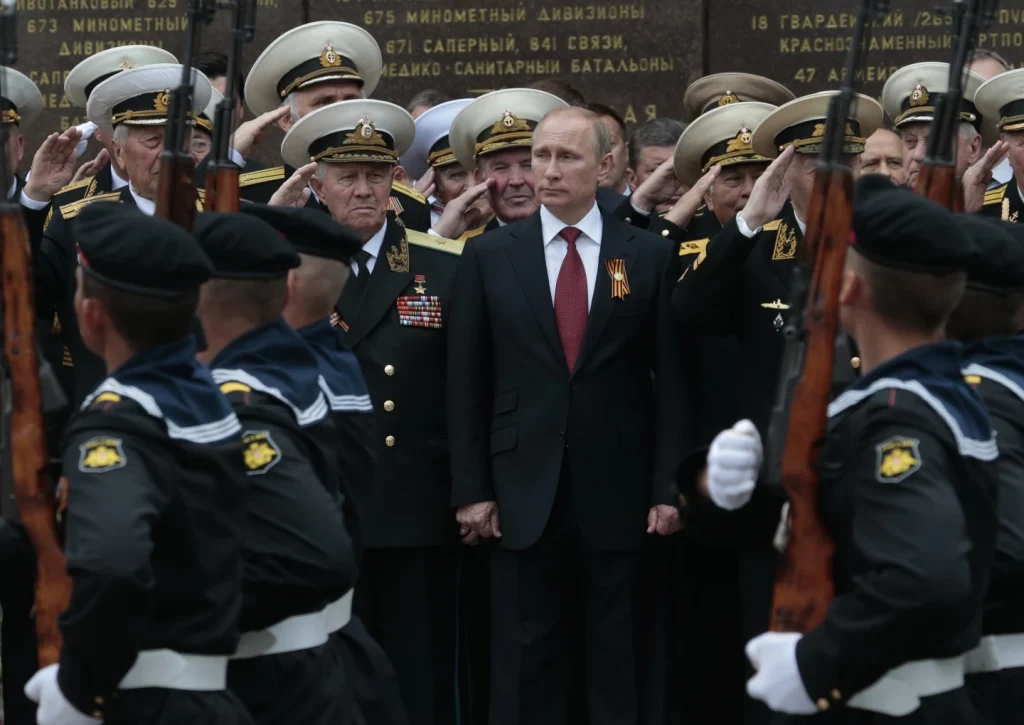
In order to truly end the Russian blockade and ensure the safety of Ukrainian exports, it will be crucial for Ukraine to continue to strengthen its defenses and work towards diplomatic solutions to de-escalate tensions in the region.
The situation in the Black Sea remains complex, and both sides must work towards finding a peaceful resolution to avoid further conflict and instability.
